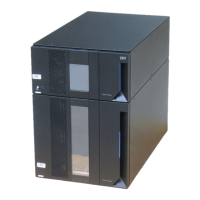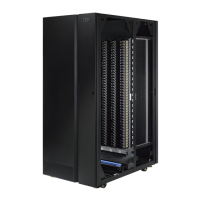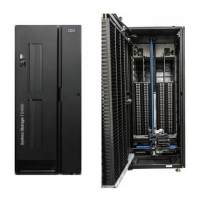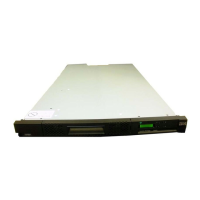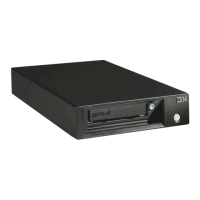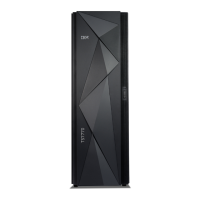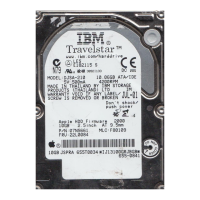Root Causes
1. Secondary Key Server is not connected properly.
2. Secondary Key Server is not configured properly.
3. Library Ethernet settings are not configured properly.
Resolution
1. Perform “DR079: Resolve Key Server Communication Issue” on page
6-83.
2. Perform EKM Path Diagnostics (Tools → Diagnostics → EKM → EKM Path
Diagnosticsin the Web User Interface).
T029 - Key Server Communication Warning
Description The library is unable to successfully monitor the communication path and
operation status of the configured key server. The key management feature of
the library allows the user to connect two key servers for redundancy. If
communication fails during background key server path testing, this operator
intervention will be generated. A separate operator intervention will be
created for each key server that fails.
Detection Scenarios Library detects that communication with a key server is not successful
Root Causes
1. Primary/secondary key server is not connected properly
2. Primary/secondary key server is not configured properly
3. Library Ethernet settings are not configured properly
Resolution
1. Perform “DR079: Resolve Key Server Communication Issue” on page
6-83.
2. Perform Key Path Diagnostics (Service Library → Key Path Diagnostics
in the Web User Interface).
T030: Excessive I/O Station Events
Description GUI Description: An I/O station is reporting continuous door open or
closure events although no close or open door state change is detected..
Explanation: The library controller is receiving too many I/O station
interrupts. The problem may be caused by a stuck interrupt line for the CM
or EM door open and close indication. Door open and close state changes are
detected properly, but the excessive I/O station state change interrupt
notifications indicate a hardware problem, most likely due to a
cabling/connection issue.
Detection Scenarios Library firmware receives multiple or continuous I/O station open and close
interrupts, but does not detect the required door open and close state change.
Root Causes
1. Internal module sensor line and cable connections shorted.
2. Module terminator pins bent or shorted.
3. Module-to-module cable pins bent or shorted.
Resolution
1. Perform “DR008: Resolve Stuck I/O Station Interrupt” on page 6-63.
2. Inspect the module terminators and module-to-module cables for loose
connectors or damage (bent or broken pins). If damaged, replace the part.
Reseat the terminators and cables.
3. Power on the library and wait for the library to initialize. Open and close
each I/O station door. If the problem is not fixed you may need to
replace the module.
Chapter 6. Service Action Tickets (Txxx) and Diagnostic Resolutions (DRxxx) 6-17
|
|
||
|
|
|
|
|
||
|
|
|
|
|
|
|
|
|
|
|

